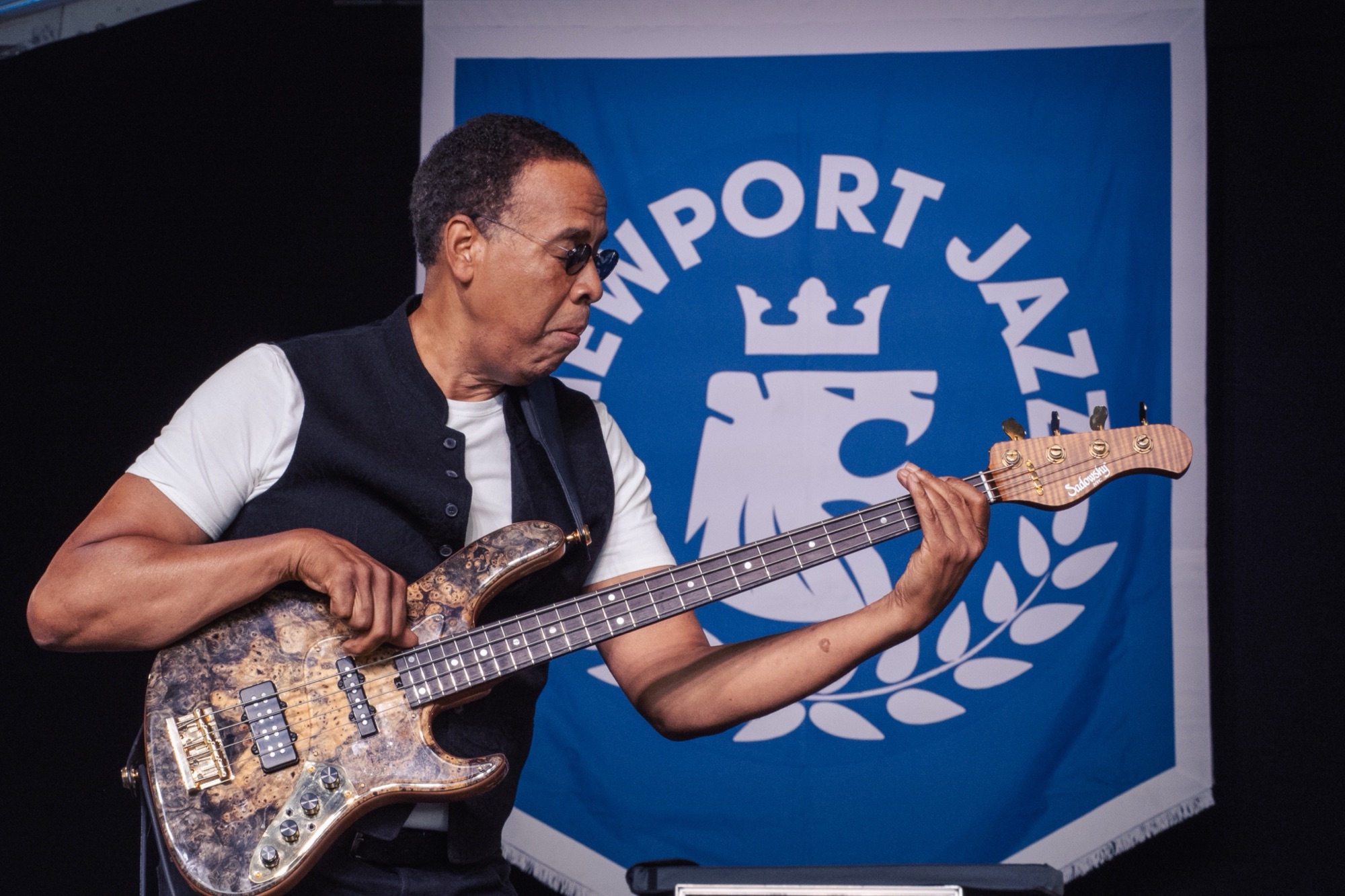Live Review: Pat Metheny’s Side-Eye Trio at Austin’s One World Theatre on February 24, 2022
|
Getting your Trinity Audio player ready...
|
Who exactly is Pat Metheny? “Smooth jazz” enthusiasts claim him as one of their own. But the guitarist eschews that label and has even eviscerated their king, Kenny G, on several occasions. Metheny has ties to the avant-garde – recording albums with Ornette Coleman and John Zorn, and his own Zero Tolerance for Silence (Geffen, 1994). Yet he is seldom listed alongside Sonny Sharrock or Derek Bailey among the great guitarists who play “out”. Bright Size Life (ECM, 1976) is a fusion highpoint, but Metheny is equally adept at playing more straight ahead. Anyone seeking to limit Metheny’s music to a specific box would be hard-pressed to do so. His Side Eye Trio’s performance at Austin’s One World Theatre on February 24, 2022*, was unlikely to clarify matters. Instead, another potential answer emerges; that he is a bluesman.

Do not misread that previous sentence. The blues is more than a specific aesthetic or set of chords. The blues is a raw feeling that unites much of modern music. Such was made evident in the performance. No, Metheny does not sound like BB King or Muddy Waters. But by approaching the blues differently – by visiting its various other manifestations – Metheny provided a better understanding of the form.
The evening began with duets between Metheny and each of his sidemen. Pairing back the group even further from the already small trio further highlighted the talents of its younger artists. For the first, Metheny and drummer Joe Dyson explored Ornette Coleman’s “Turnaround.” A piece frequently visited by Metheny, it was invigorated by the free rein given to Dyson. Dyson is truly a rhythmic polymath; someone who draws upon the rich drum tradition of his home city, a lineage that reaches from Baby Dodds to Ed Blackwell to Zigaboo Modeliste. The fluidity in his sound seemingly created more space for Metheny to present a more distilled version of the song’s theme. Although a father of free jazz, Ornette was always a bluesman at heart. By stripping away some of the song’s edges, Metheny drove this point home. At the same time, Dyson’s sonic flexibility asked the audience to consider the blues’ roots to jazz, avant-garde music, and funk. Later, the full trio further underscored the blues ties of Ornette’s works on “Trigonometry,” a song the saxophonist co-wrote with Metheny for Song X (Geffen, 1986).
The second duet was with James Francies. Throughout his other works, the pianist has been open to all styles. Recordings under his name have drawn from jazz, R&B, and hip hop, as have his contributions to the works of Marcus Strickland, Stefon Harris, and Chance the Rapper. Propped against Metheny’s light and airy tones, Francies built an undercurrent shaped by not only these more modern sounds but also the often-overlooked heritage of Houston-based blues pianists like Pinetop Burks. Francies’ skills in melding the past and present were also apparent on “Timeline”, a piece that harkens back to 1960s soul jazz with Francies providing the voice of both organ and upright bass through careful maneuvering on the keys.
For the remainder of the evening, the group mostly revisited some of Metheny’s better-known compositions including “So May it Secretly Begin”, “Better Days Ahead”, “Bright Size Life”, and “Question and Answer.” But rather than fall into the trap of simply regurgitating these tunes, the trio opens them up to allow for new possibilities. The sparse instrumentation lent a rawness to the music more than their original incarnations. This was perhaps best seen on “Message to a Friend”, a piece once a duet between Metheny and Charlie Haden is now treated as an acoustic solo guitar piece, which serves as a reminder that the blues is also a folk music. The final two pieces – before a double encore – built further upon the connections of the evening by emphasizing futuristic musical approaches and tying them to their roots. The first was a solo piece by Metheny on his Pikasso, the 42 string wedge-shaped four-necked monster of a harp guitar. The second found the trio backed by a fuller band of Metheny’s Orchestrion solenoids and pneumatics.
The evening’s musical twists and turns painted a portrait of Metheny as an artist not jumping between divergent ideas of sound but, rather, riding the line the blues created through them all. Although this author has seen Metheny perform several times, it is the first time this aspect of his artistry was made apparent. Perhaps it was due to the intimacy of the venue. While the prior performances were in front of large crowds, One World Theatre is a small concert hall tucked in the hills of Central Texas. One World is a place Metheny has performed several times over the past two decades. As Metheny commented at the beginning of the set, there are “not many places like this around the world.” At the same time, there are not many artists like Metheny.

*There were two sets on February 24th, one at 7PM and one at 9:30. This is a review of the 9:30 performance.
Personnel: Pat Metheny (guitars), Joe Dyson (drums), James Francies (piano and keyboards).
More information on Pat Metheny can be found on his website. More on the One World Theatre can be found here.




One thought on “Live Review: Pat Metheny’s Side-Eye Trio at Austin’s One World Theatre on February 24, 2022”